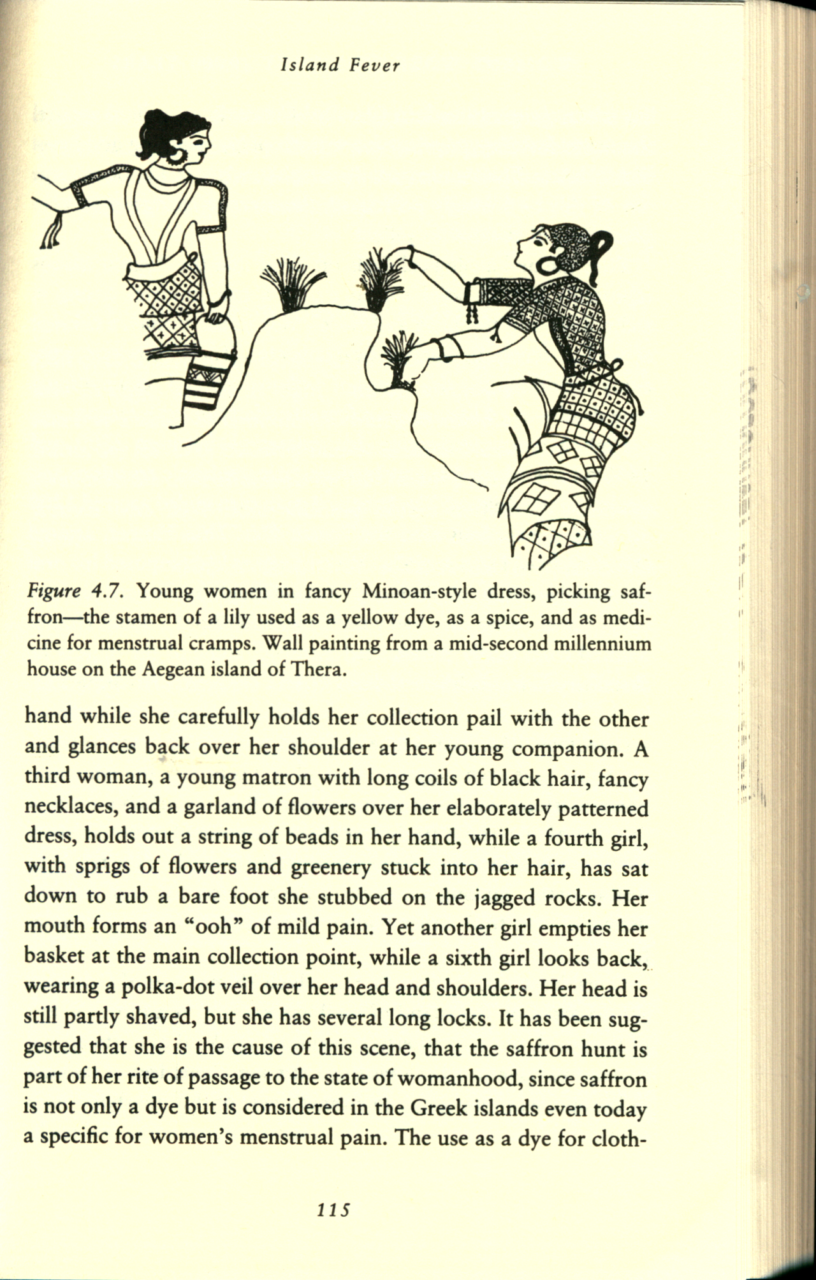Women’s Work: The First 20,000 Years: Women, Cloth, and Society in Early Times (1995)
New discoveries about the textile arts reveal women’s unexpectedly influential role in ancient societies.
Twenty thousand years ago, women were making and wearing the first clothing created from spun fibers. In fact, right up to the Industrial Revolution the fiber arts were an enormous economic force, belonging primarily to women.
Despite the great toil required in making cloth and clothing, most books on ancient history and economics have no information on them. Much of this gap results from the extreme perishability of what women produced, but it seems clear that until now descriptions of prehistoric and early historic cultures have omitted virtually half the picture.
Elizabeth Wayland Barber has drawn from data gathered by the most sophisticated new archaeological methods—methods she herself helped to fashion. In a “brilliantly original book” (Katha Pollitt, Washington Post Book World), she argues that women were a powerful economic force in the ancient world, with their own industry: fabric.
More Information
Description
New York : W.W. Norton, 1996.
ISBN: 0393313484 9780393313482
OCLC Number: 60179765
Description: 334 pages : photographs, drawings
Table of contents
Table of contents
PREFACE 11
INTRODUCTION 17
Chapter 1: A Tradition with a Reason 29
Why textiles were traditionally women’s work
Chapter 2: The String Revolution 42
Life in the Palaeolithic
Chapter 3: Courtyard Sisterhood 71
Horticultural society in the Neolithic
Chapter 4: Island Fever 101
Bronze Age horticultural survivals: Minoans and others
Chapter 5: More than Hearts on Our Sleeves 127
The functions of cloth and clothing in society
Chapter 6: Elements of the Code 147
Symbolism in cloth and clothing
Chapter 7: Cloth for the Caravans 164
Early urban manufacture in the Bronze Age Near East
Chapter 8: Land of Linen 185
Middle Kingdom Egypt
Chapter 9: The Golden Spindle 207
Outworker industries for the elite: The Mycenaeans
Chapter 10: Behind the Myths 232
Women’s work as reflected in textile myths
Chapter 11: Plain or Fancy, New or Tried and True 257
Late Bronze and Iron Age urban industries
Chapter 12: Postscript: Finding the Invisible 286
Methods of research
ILLUSTRATION AND CREDIT LIST 301
SOURCES 306
INDEX 323
About the author
About the author
External links
External links
Worldcat: Click here
FIT Library: Click here
Webpage for the book: Click here
Author Website/University Faculty page: Click here
Book Reviews
Book Reviews
Foxhall, Lin. “Elizabeth Wayland Barber. Women’s work: the first 20,000 years, Women, cloth and society in early times.” Antiquity 69, no. 263 (1995): 425-427.
Karras, Ruth M. “Review of Women’s Work: The First 20,000 Years, by Elizabeth Wayland Barber.” Common Knowledge 7 (1998): 184.
Lofting, Morgan. “Women’s Work: The First 20,000 Years.” Journal of Popular Culture 29, no. 4 (1996): 229-230.
O’Donnell, Mabry M. “E. Wayland Barber.” Women’s Work: The First 20,000 Years”(Book Review).” The Historian 57, no. 3 (1995): 656.







